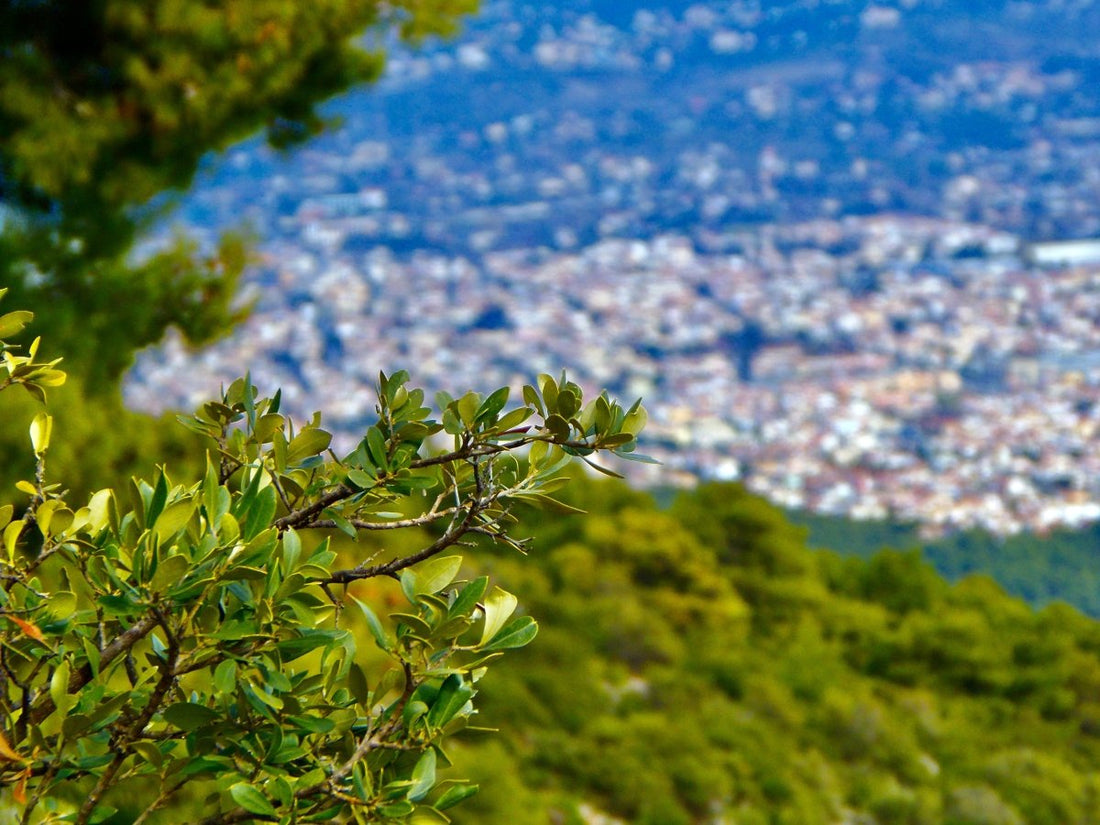For the majority of the population, city life is an advantage that many would not want to do without - and also in terms of expanded professional opportunities. Even smaller cities offer services and amenities that are often indispensable. Apart from the very comprehensive infrastructure, large cities are often downright glamorous and inspire with cultural offerings, leisure opportunities and educational institutions.
Taking advantage of all this does not necessarily mean living unsustainably. In fact, there are ecologists, biologists and anthropologists who think cities are an excellent solution - provided city dwellers and urban planners implement some important suggestions.
Urban Planning Big City: The Living of the Future Takes Place in High-Rise Buildings
Given the desire of young families in particular to own their own home with a garden and thus also "a piece of nature" on their doorstep, it seems paradoxical - but sustainability researchers prefer high-rise buildings. The reason makes sense: less land is used and sealed, and the shared use of living space makes it easier to implement services such as laundry and drying rooms. Multi-story buildings are also much more energy efficient than freestanding homes, because less insulation is needed overall to achieve a comparable effect. This model of a "house community" is perfectly exemplified in the town of Whittier in Alaska. There, more than 200 residents live under one roof in a single townhouse - complete with supermarket, school, church and restaurants.
 Image: Green in rank and file.
Image: Green in rank and file.
Small habits for "green" big city life
It doesn't have to be a life like in Whittier - the average city dweller can reduce their ecological footprint considerably in everyday life with a few small tricks and enjoy the pleasures of city life all the more. We present the best tips.
1) Public transport - one of the pluses of the city.
Anyone who lives in the city and drives a car can tell you a thing or two about how much time you sacrifice in regular traffic jams and searching for a parking space. But there are alternatives: In many large cities, most destinations can be easily reached by public transportation, and trains provide connections to the outside world. The costs are reduced by subscriptions, and certain population groups such as schoolchildren and students or best agers benefit from their own discounts. Get on board, relax and arrive un-nerved.
Own or rental bicycles are more dynamic. With a bike, you are not dependent on public transportation. Thanks to practical rent-a-bike offers in big cities, you don't even have to buy the bike, but can often even use it for free for activities and excursions. Registering via app or chip card is uncomplicated and grants access to a different, more sustainable mobility.
2) Seasonal shopping and urban gardening
Living in the city does not mean being dependent on packaged food in the supermarket. Weekly markets and grocery stores are increasingly promoting the concept of shopping at kilometer zero - here you can find products from the region and according to the season. They haven't had a long journey, are ultra-fresh and often come from sustainable production - and whet the appetite for cooking and feasting à la saison.
The idea can be developed one step further next - with gardening in urban spaces. Urban gardening is a trend for anyone who wants to live sustainably, and it's also fun. Allotment gardens or unused brownfield sites lend themselves to gardening projects that are not only about cultivation, but also about a sense of community.
3) Recycle more, throw away less
Even in a big city, you can make your consumption much more sustainable by doing without disposable items - and give everyday items a second life. Second-hand clothing stores, repair cafés and similar offers are even very exciting once you get used to the fact that you can refurbish electrical appliances, shoes and clothing with just a few simple steps.
4) Throttle the energy consumption
The energy balance of most western industrialized countries is extremely high when calculated for each individual citizen. Anyone who largely or completely does without a car has already saved a lot, but a lot can also be changed at home with a view to optimized energy efficiency. High-quality energy-saving lamps with LED technology may cost more to buy than halogen lamps, but they are extremely economical and long-lasting.
Another aspect is the use of electrical appliances. Not for everything and anything do you need yet another gadget in the household that not only eats up energy in operation, but has already consumed resources in production and shipping. Total renunciation is by no means necessary, but thinking about how bright, warm and stylish the home really needs to be is a first step - those who implement it will of course also be pleased about falling utility bills in the long term.
 Image: Zurich is also conquered by nature in spring.
Image: Zurich is also conquered by nature in spring.




















